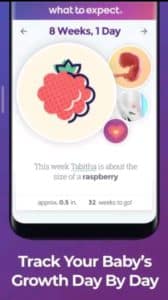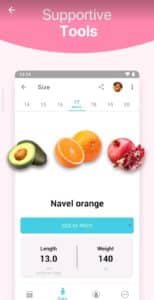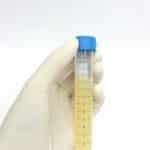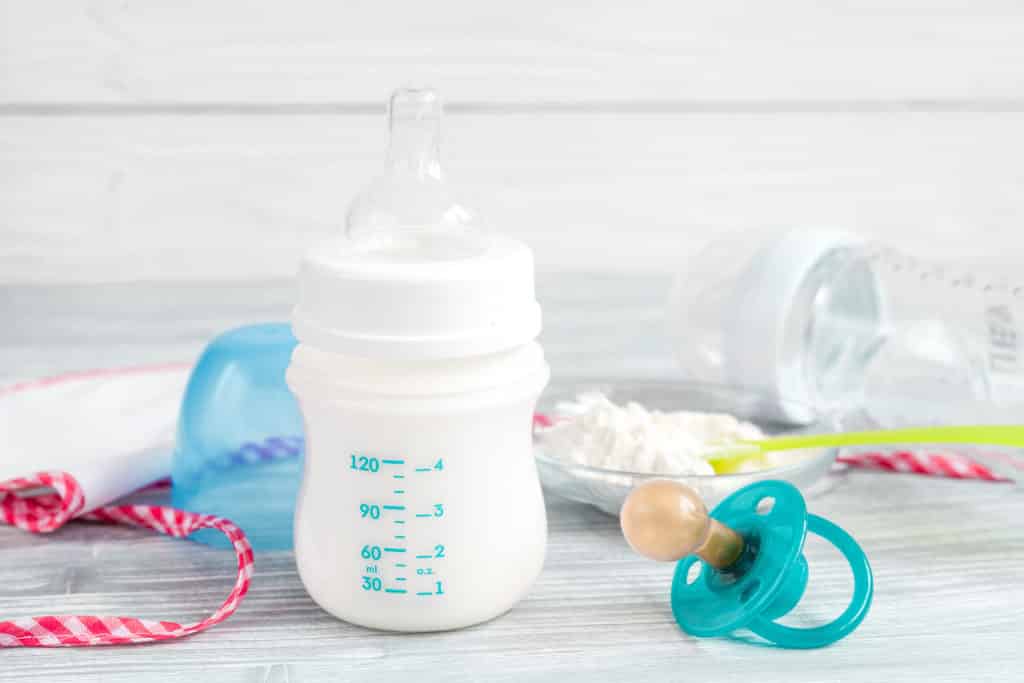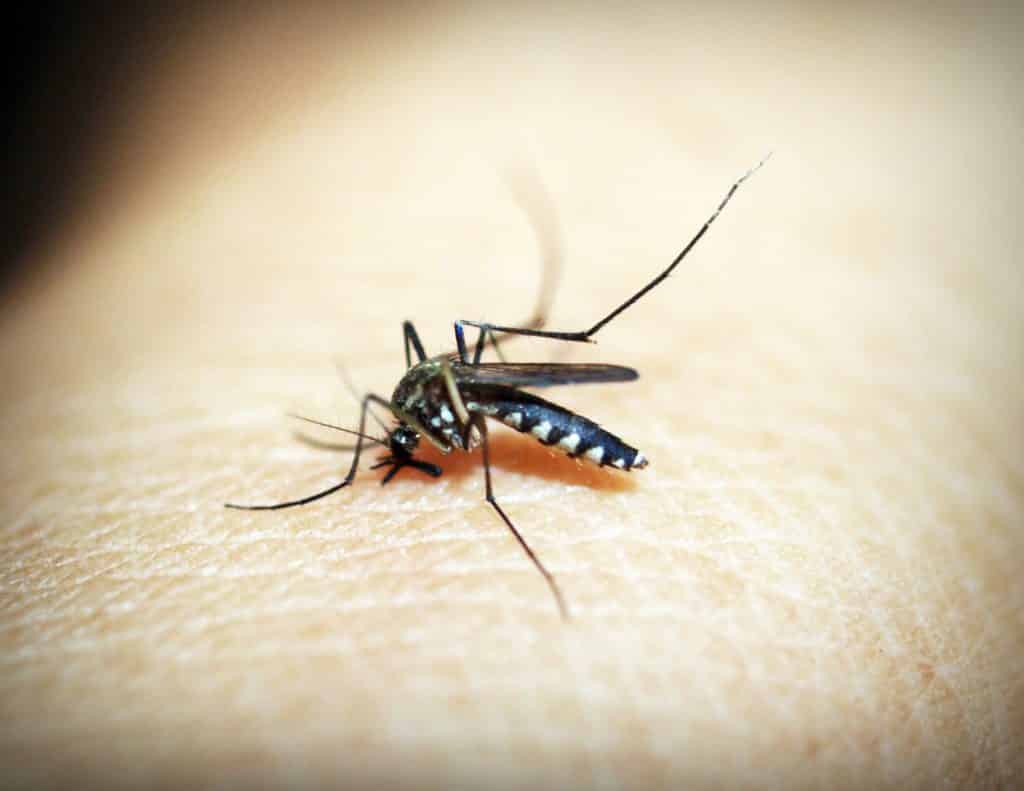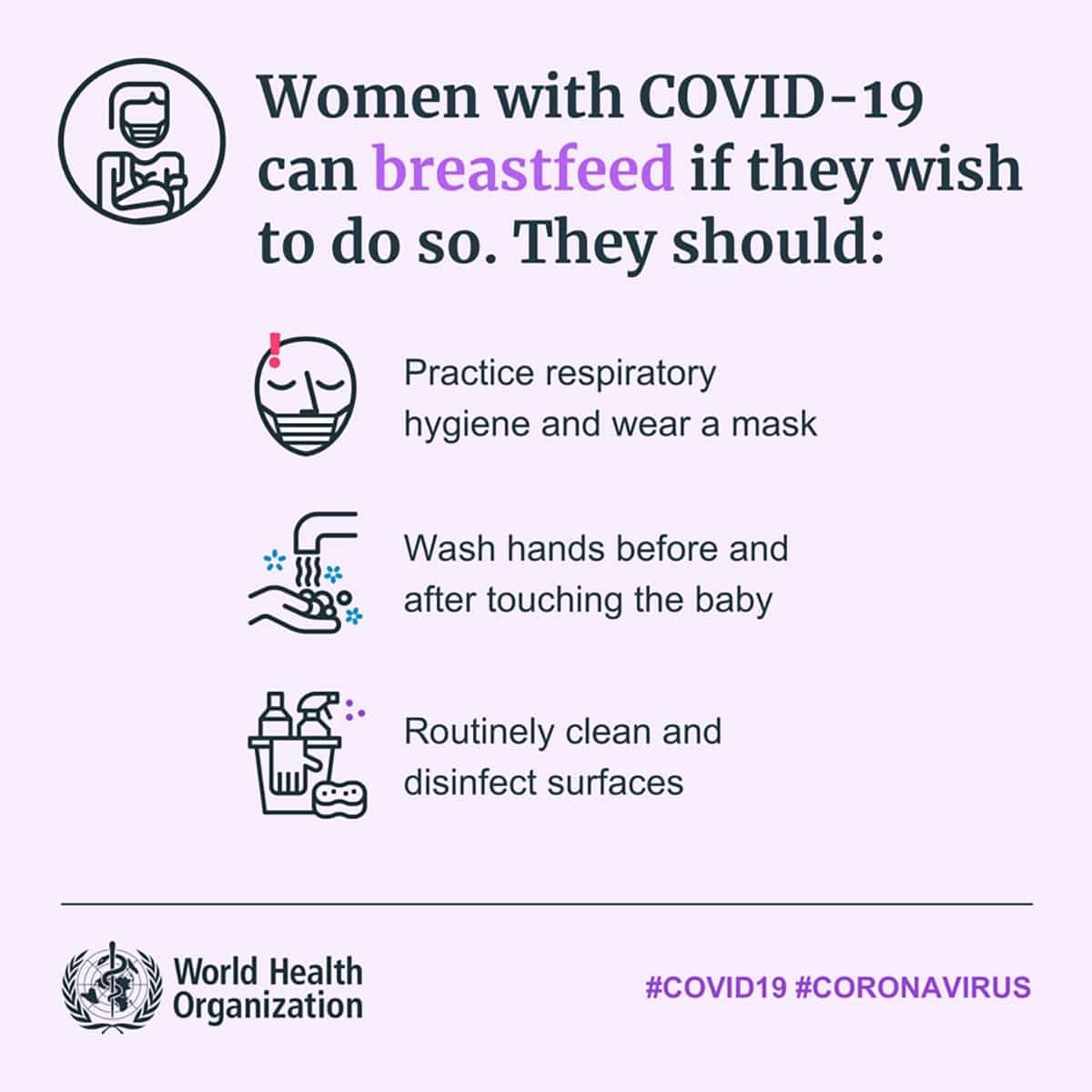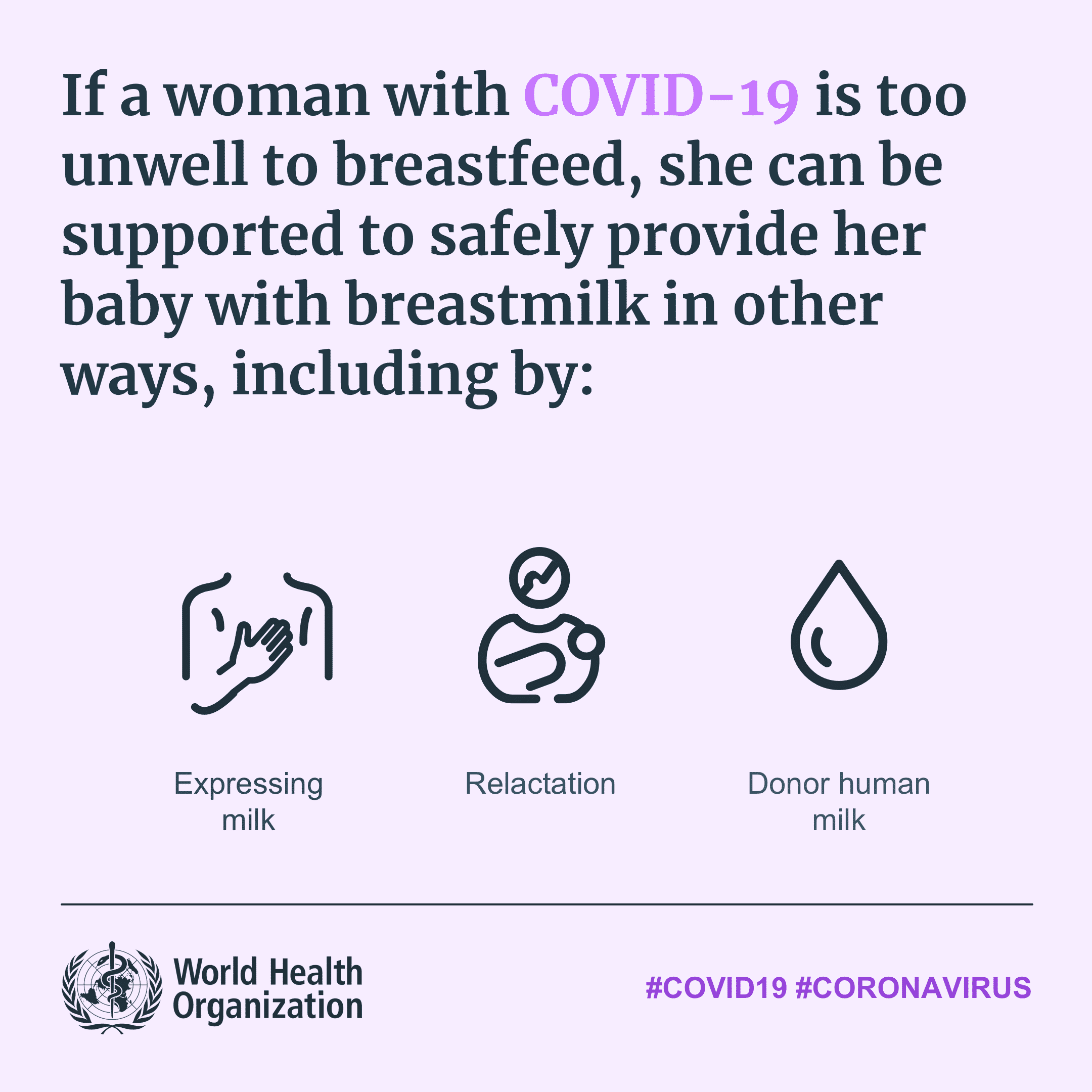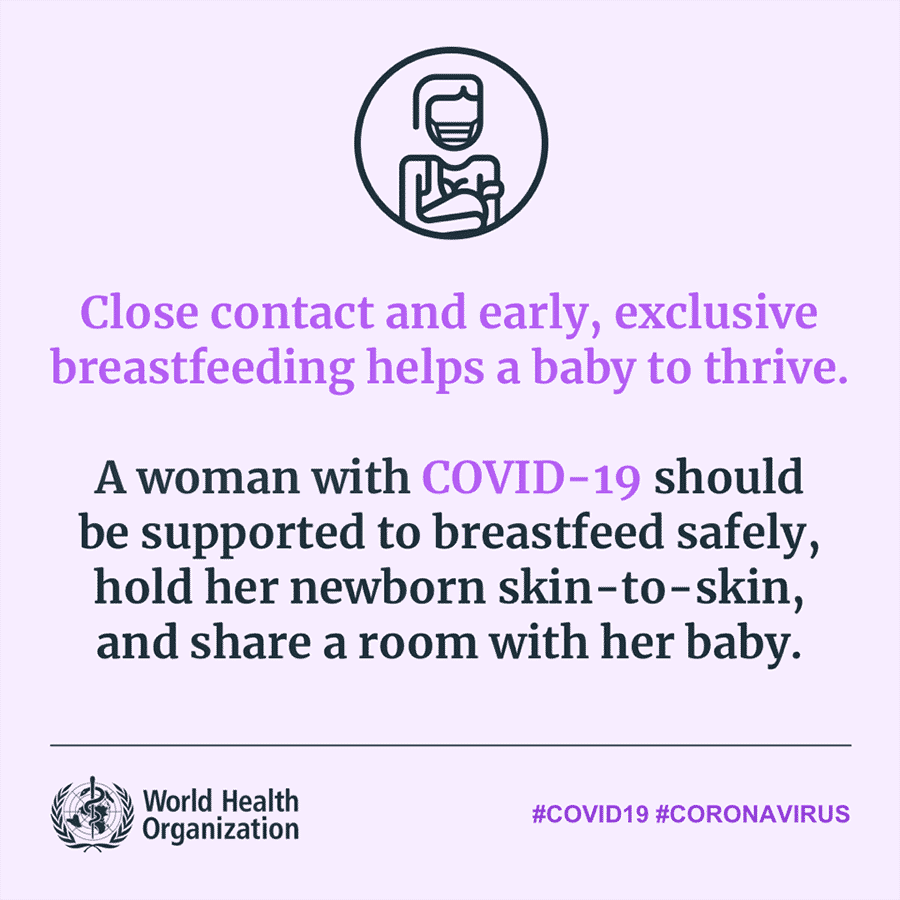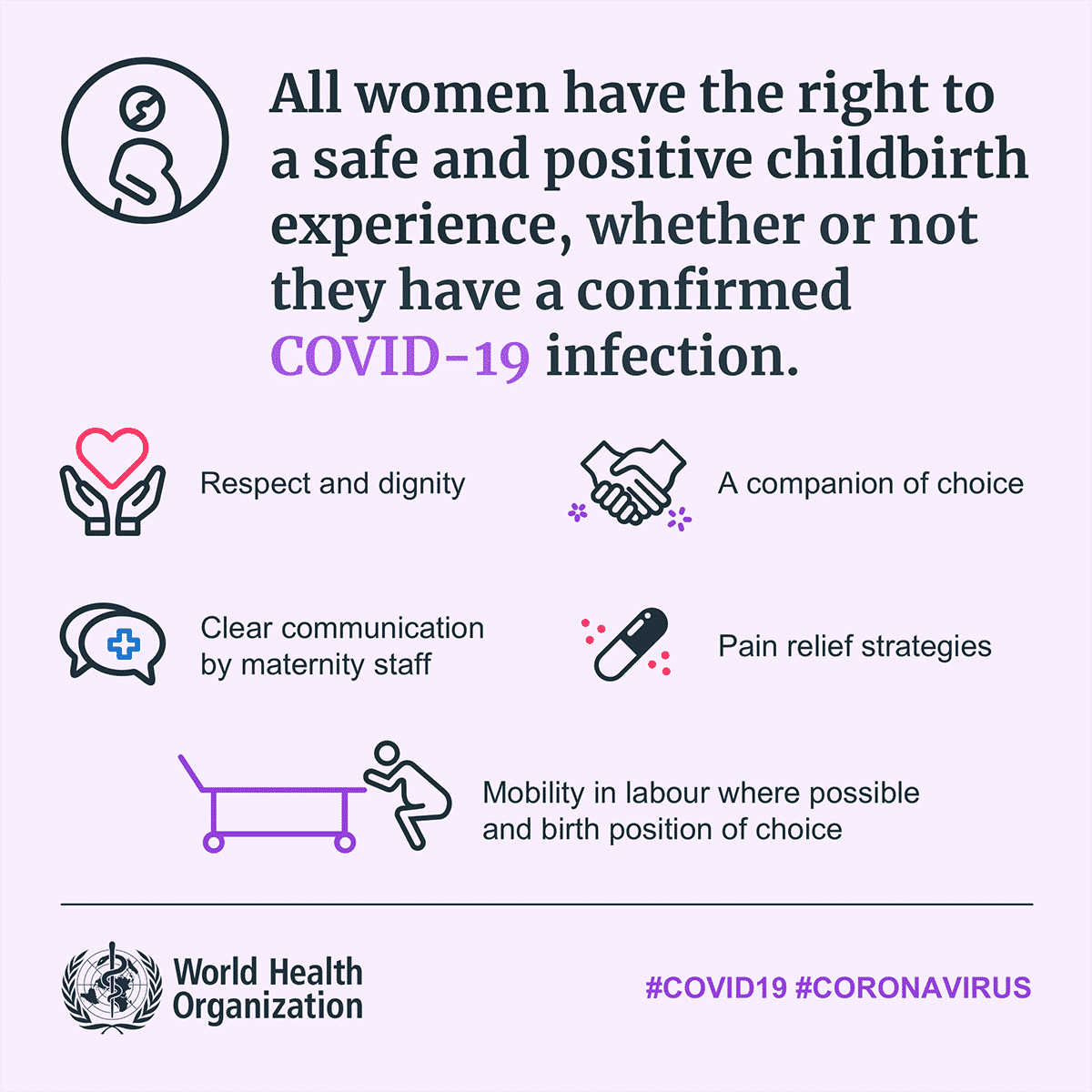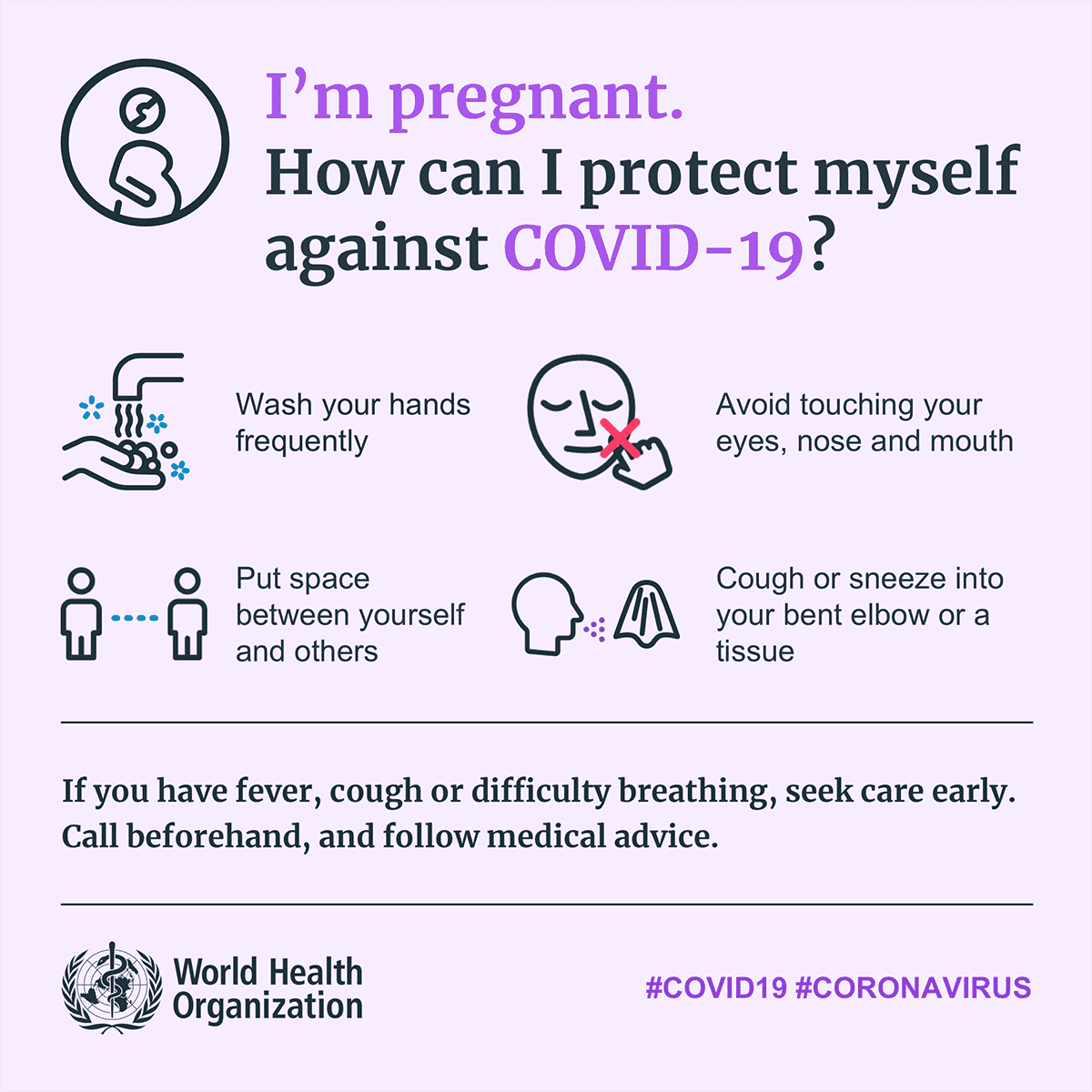Why is child development important?
Observing and taking note of your child’s development is an important tool. It ensures that your child meets their ‘developmental milestones’. Developmental milestones are a ‘loose’ list of skills that are believed to be mastered at roughly the same time period for all children. They act as a useful guideline of ideal growth, maturity, proper functioning. This is in addition to the integration of the functions of organs and systems particularly the musclarand nervous system. These all work together to help your child learn, communicate, take care of themselves independently, survive and so on.
Checking your child’s progress at various ages and marking them against selected time frames, gives you a way to monitor your child’s development. Read our article on when babies can start sleeping on their stomach
This ensures that your child is roughly ‘on track’ for their age. Furthermore, this checking of developmental milestones can be helpful in the early detection of any problems in development.
This ‘check’ is usually carried out through various child/mother services. and Pa. Also, the checks are done later through preschool and school term skills assessments.
Common Problems You May Encounter During Child Development
Problems in child development can arise due to:
- genetics,
- circumstances surrounding their mum’s pregnancy and childbirth
- the presence of a specific diagnosis or medical factors
- a lack of opportunity or exposure to helpful stimuli
Development Problems Fall Into Several Categories.
These categories affect ongoing functional developmental milestones. These milestone categories include:
- Language skills: How well can your child communicate
- Cognitive development: How does your child understand the world around them, remember things, think and learn.
- Social and emotional development: How do they interact with others, express their feelings, react to internal and external stressors or modulate their reactions.
- Gross motor and fine motor skills: These are skills that play a role in your child’s ability to perform tasks with their hand such as writing, buttoning clothes, running, jumping, skipping.

Most developmental problems over lap and cross over. Therefore, we often observe a combination of issues with attaining several types of developmental milestones or problems within one disorder.
Some common problems during child development that could be encountered include the following:
- Absence of smiling, in early childhood.
- Excessively putting objects in rows, in early childhood.
- Difficulty in finding appropriate ways to express frustration, in later childhood.
- Inability to know how to use toys, but the child may have an attachment to one object, in early childhood.
- The child does not respond to his or her name, in early childhood.
- Inappropriate social outbursts beyond the child’s control, in later childhood.
- Difficulty paying attention.
- Impulsivity, acting or talking without thinking first.
- Constant blaming, resentment or anger.
- Deliberate attempts to annoy others.
- Disruptive behaviours
In short, there are a host of other problems that could also be noticed. Anything you notice that seems abnormal or is a source of concern to you should be reported to a doctor immediately. This is because they could be pointers to a disease condition in the child. Sometimes early detection gives us the chance to intervene so as to help the child catch up or have a good quality of life such as in autism.
References
BestStart, 2020. BestStart. [Online]
Available at: https://www.beststart.org/OnTrack_English/1-importance.html
[Accessed 10 June 2020].
CCRC, 2019. CCRC. [Online]
Available at: https://www.ccrcca.org/parents/your-childs-growth-and-development
[Accessed 10 June 2020].
HealthLine, 2019. HealthLine. [Online]
Available at: https://www.healthline.com/health/childrens-health/stages-of-child-development
[Accessed 10 June 2020].
Sense, K., 2020. Kid Sense. [Online]
Available at: https://childdevelopment.com.au/areas-of-concern/what-is-child-development/
[Accessed 10 June 2020].
Staff, H. E., 2018. Health Grades. [Online]
Available at: https://www.healthgrades.com/right-care/childrens-health/developmental-problems
[Accessed 10 June 2020].
Study.com, 2020. Study.com. [Online]
Available at: https://study.com/academy/lesson/what-is-child-development-definition-theories-stages.html
[Accessed 10 June 2020].







